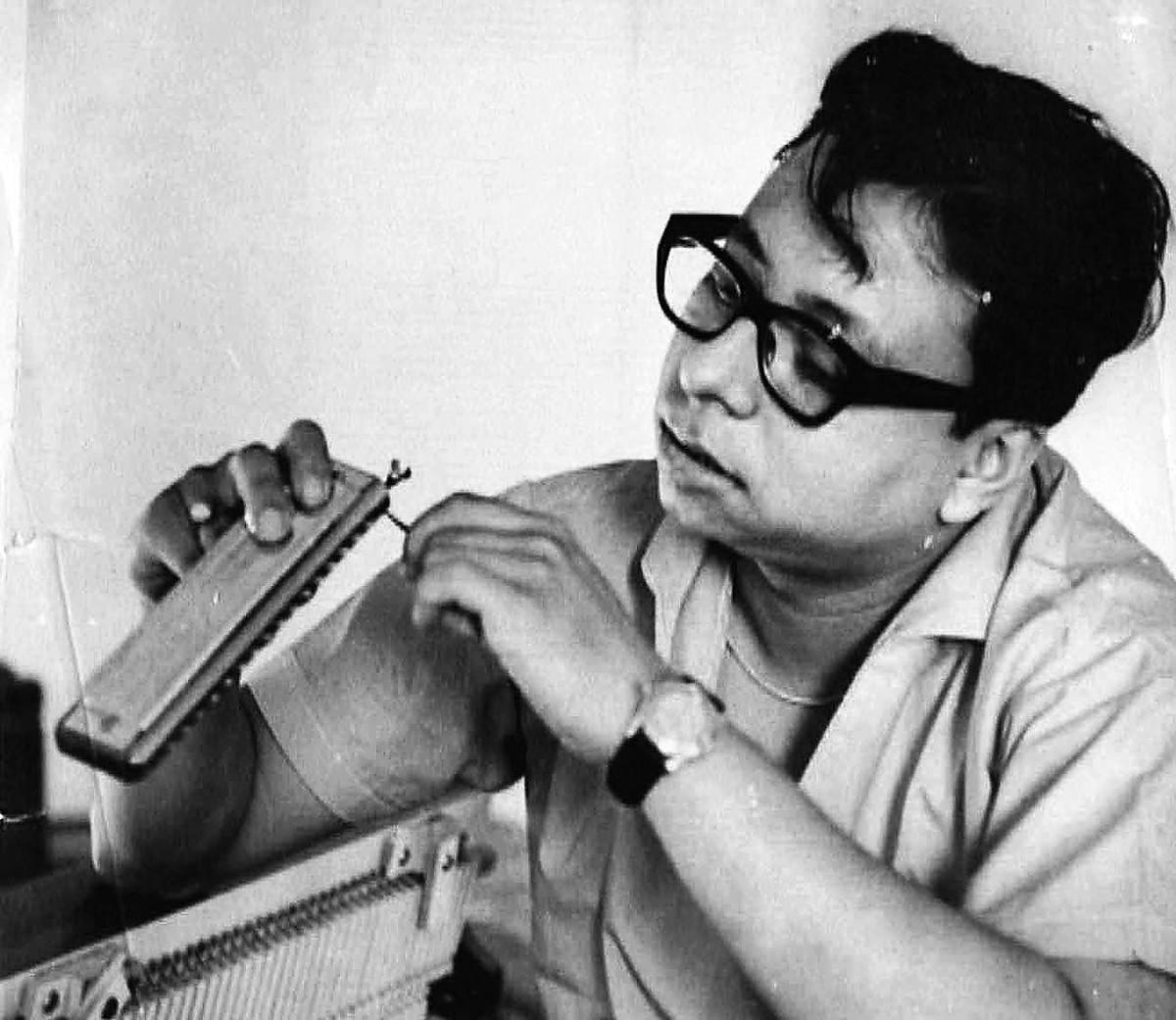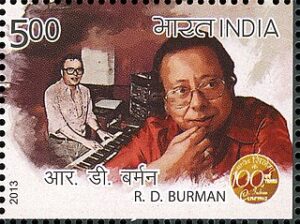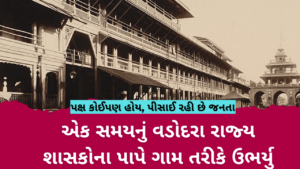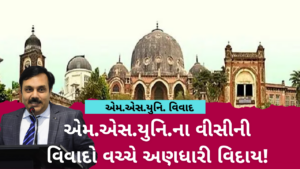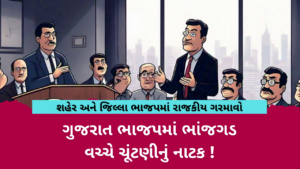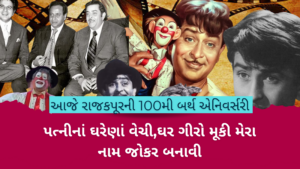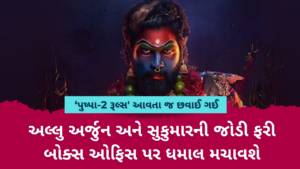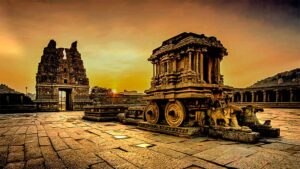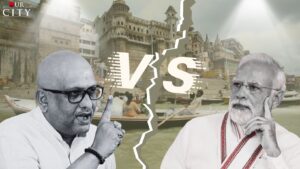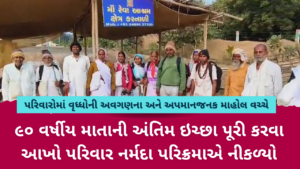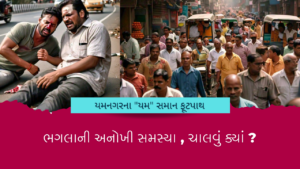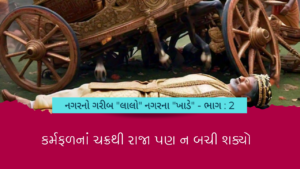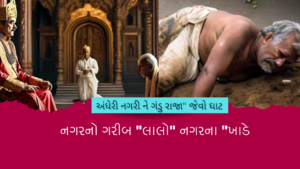Imagine Pancham Da being still alive; directing and composing music for Tere Vaaste or Kesariya at 84. Every song of his was and would have been a gem. He is the Shehensha- e- Music whose melodies lives on even in the AirPods of a kid born in 2000. Was Rahul Dev Burman more adaptable than his adored father Sachin Dev Burman? We would say that in terms of diversity that the younger Burman’s music projects were far ahead of his father.
The Experimental Burman
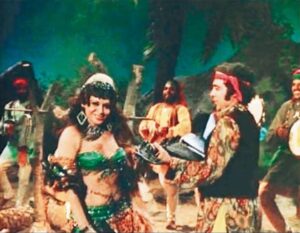
No one experimented as much as RD Burman. Just a few examples include having vocalist Annette Pinto make gargling noises for the background soundtrack of Amitabh Bachchan’s wicked character in ‘Satte Pe Satta’ or blowing into an empty beer bottle for the prelude of Mehbooba Mehbooba from ‘Sholay’.
His ability to offer folk and classical music in an original, yet contemporary way for young audiences, along with the vast scope of his musical output, was and continues to be a game-changer. Modern masters of film music like AR Rahman, Amit Trivedi, Vishal Bharadwaj, and Shankar, Ehsaan, and Loy have all accepted that they have been influenced by it. Even now, people are enthralled by his tunes and harmonies. Despite being deeply rooted in a particular social environment, his music appeals to people of all ages.
Much of it may be attributed to his exceptional rhythms, which were a defining feature of his work, and the variety of subjects he experimented. His beats, which incorporate bongo, tabla, shakers, bass guitar, and African drums, among other instruments, are hypnotic. Those beats introduced Hindi film music to the school and college crowd in the 1960s and 1970s.
The Pancham Package
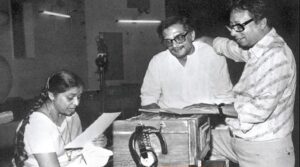
Indian film composers, in contrast to well-known Western musicians used to collaborate not just with other musicians but also with directors and lyricists. As a result, many of the Pancham-produced songs’ themes can be attributed to the lyrics of writers like Gulzar, the vocal performances of legendary playback singers like Asha Bhonsle, Kishore Kumar, and Bhupinder Singh, and even the storylines developed by classic filmmakers like Ramesh Sippy, Ramesh Behl, and Nasir Hussain.
Burman was exceptionally skilled at fusing all these elements together to create music that endures forever, especially during his prime years.
Biggest Break
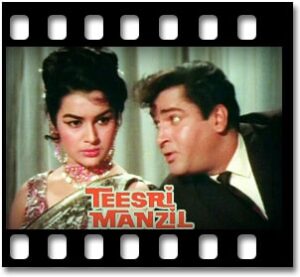 The 1966 movie ‘Teesri Manzil’, starring Shammi Kapoor included great tunes like Sona re Sona, O Hasina Zulfo Wali, and Aajaa Aajaa gave him his biggest break. As it is said, the rest is history.
The 1966 movie ‘Teesri Manzil’, starring Shammi Kapoor included great tunes like Sona re Sona, O Hasina Zulfo Wali, and Aajaa Aajaa gave him his biggest break. As it is said, the rest is history.
“No other musical school has attempted to take over since Pancham. In the 2008 documentary “Pancham Unmixed,” renowned photographer and music aficionado Gautam Rajadhyaksha claims that there isn’t a new amalgam, for instance, in a fresh genesis of a new sort of music like Pancham, which was produced far back in the mid-60s.
Melodies synced with simplicity
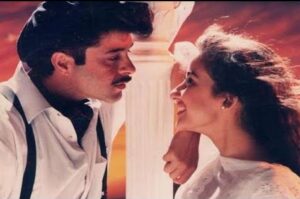
True genius is found in simplicity. RD Burman was the person who most personified such spirit. Chingari Koi Bhadke from the super-popular 1970 masterpiece ‘Amar Prem’ was one of the compositions that was highly passionate and complicated.
There were, however, other songs with a single tune that were repeated throughout, such as Ek Ladki Ko Dekha Toh Aisa Laga from the movie ‘1942: A Love Story.’
Illusions from human voice
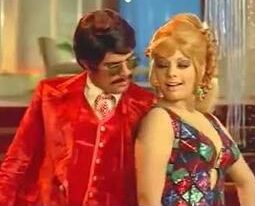
Burman was utilising the human voice in some amazing ways even before auto-tune and other recording techniques were developed. The fact that he never restricted vocal performances to only traditional singing is what made him such an avant-garde producer. Songs like the timeless Duniya Mein Logon Ko from the 1972 movie ‘Apna Desh,’ performed by RD, changed the game.
This is a classic example of vocal jazz’s “scat singing”—vocal improvisation using gibberish syllables and wordless vocals. Scat singing became popular among aspiring creators of music thanks to Pancham.
Fusing genres from every region
RD stands apart from the competition for fusing various musical genres from around the globe into his work. In addition to his well-known expertise of classical music, Pancham also fervently incorporated elements of rock, funk, jazz, disco, afro-beat, folk, and a wide range of Latin American music styles into his songs for popular films and private records.
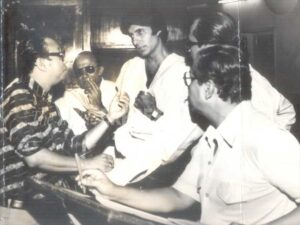 This was most evident in the 1975 Bollywood blockbuster ‘Sholay’, where he wrote and performed the legendary song Mehbooba Mehbooba. It was yet another instance of inventiveness and finding sounds from everyday life from the perspective of composition. You can hear musicians blowing rhythmically into half-filled beer bottles during the song’s opening section. Subsequently, the Iranian santoor plays, but not in the way you might expect. When you finally hear Pancham’s voice, those recognisable vocal accents are audible.
This was most evident in the 1975 Bollywood blockbuster ‘Sholay’, where he wrote and performed the legendary song Mehbooba Mehbooba. It was yet another instance of inventiveness and finding sounds from everyday life from the perspective of composition. You can hear musicians blowing rhythmically into half-filled beer bottles during the song’s opening section. Subsequently, the Iranian santoor plays, but not in the way you might expect. When you finally hear Pancham’s voice, those recognisable vocal accents are audible.
The later phase
Everything changed when Burman recovered his position post a rough phase, as one of the best film score producers India has ever seen with ‘1942: A Love Story.’ It served as both a timely reminder of Pancham’s ongoing brilliance and the ideal comeback to those who had predicted his demise in the film business. The movie was a huge box office hit and included some of his finest melodies in years.
Sadly, he passed away suddenly on January 4, 1994, at the age of 54, just a few days after the movie’s soundtrack was made available. Though the hearts of millions of people still carry his songs. Everyone who composes music for contemporary mainstream Indian movies owes RD a debt of appreciation.

